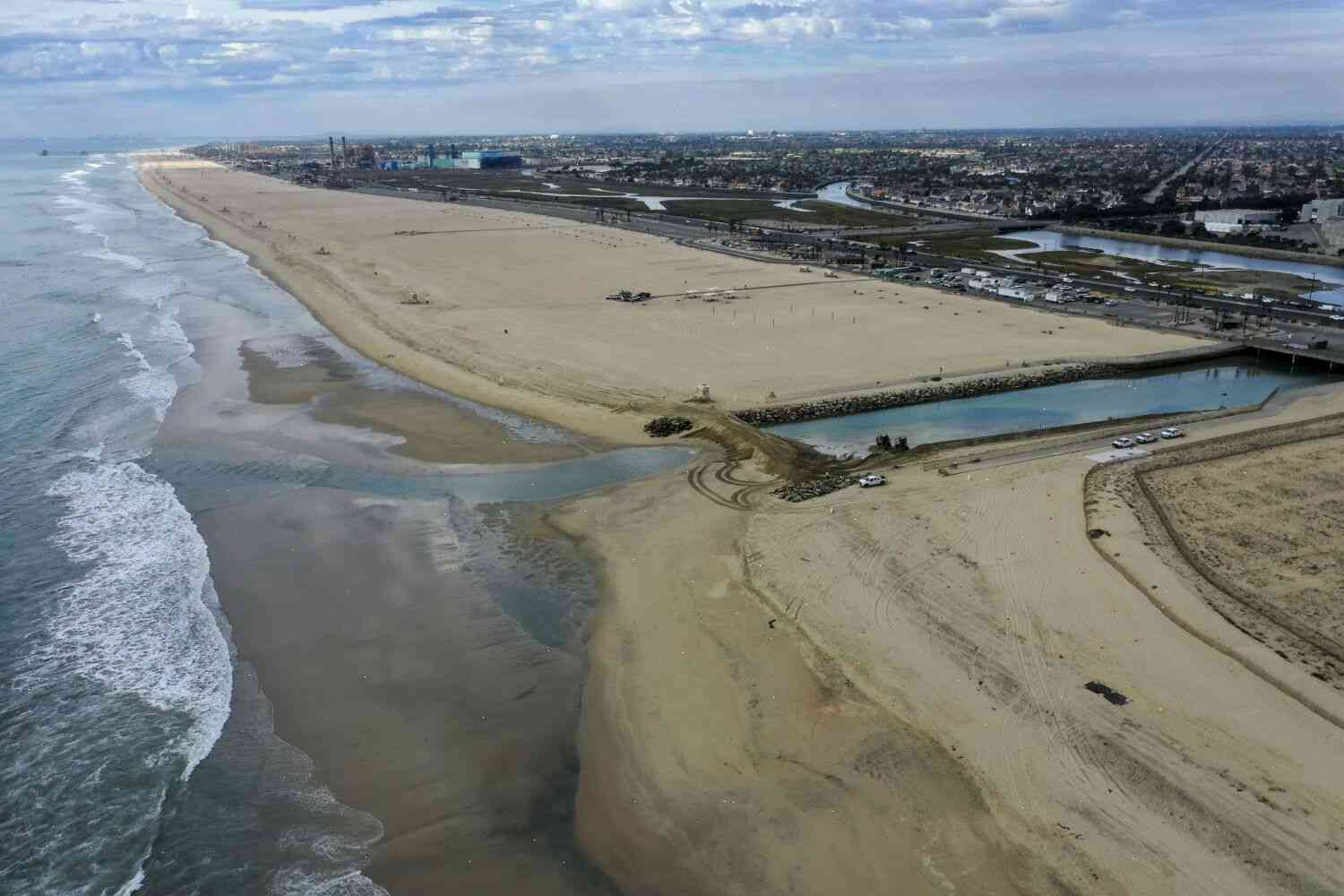Oil sheen contained in Talbert Channel near site of last year’s major O.C. pipeline spill
One of the most serious environmental hazards that can befall the Bay Area and the nation as a whole is a major oil spill. But there’s also a lot that can be done to minimize the impact of such disasters.
In an effort to reduce the risk of an oil spill from a ruptured oil pipeline, the National Oceanic and Atmospheric Administration has released a comprehensive new strategy that lays out how the agency can protect against these threats.
The strategy is a direct response to the 2010 Enbridge pipeline ruptures that released nearly 150,000 barrels of oil into the Hudson River and surrounding watershed. Enbridge had been installing a new pipeline across the middle of the continent to send crude oil from the Alberta tar sands to refineries in the East Coast.
Before the spill, pipeline construction was proceeding at a feverish pace. Enbridge was building more than 150 miles of new oil pipeline every year across the country. And, in the middle of that construction, there were no federal safety regulations for pipelines.
In March of 2010, Enbridge’s 730-foot-long Line 5 exploded in an underground oil pipeline in Michigan, and spilled more than 20,000 barrels of crude oil. The spill forced the evacuation of more than 1 million people in and around the town of Kalamazoo.
In the days following the explosion, Enbridge was under a microscope, thanks to the work of a team of National Oceanic and Atmospheric Administration scientists and regulators.
The scientists visited Enbridge’s construction site in Michigan where they documented the physical and chemical characteristics of Enbridge’s oil as it flowed through its line. While that study took place, safety inspectors visited the site to gather information from Enbridge on the safety of its oil pipeline. This information formed the basis for a comprehensive regulatory strategy that the National Oceanic and Atmospheric Administration approved in

